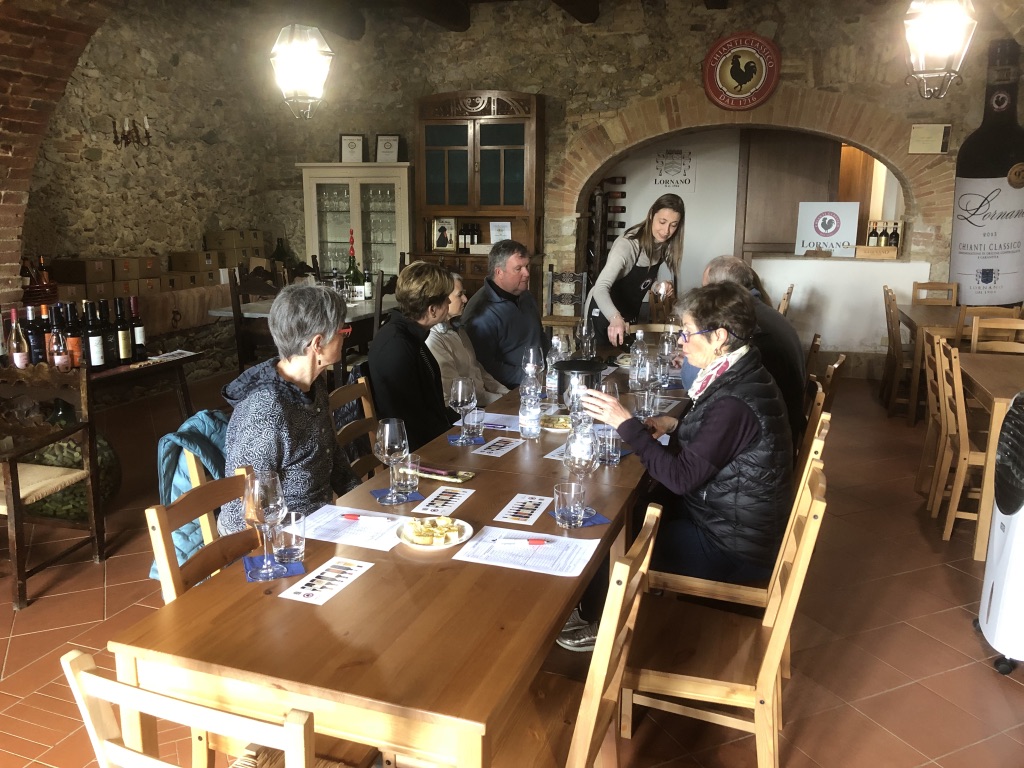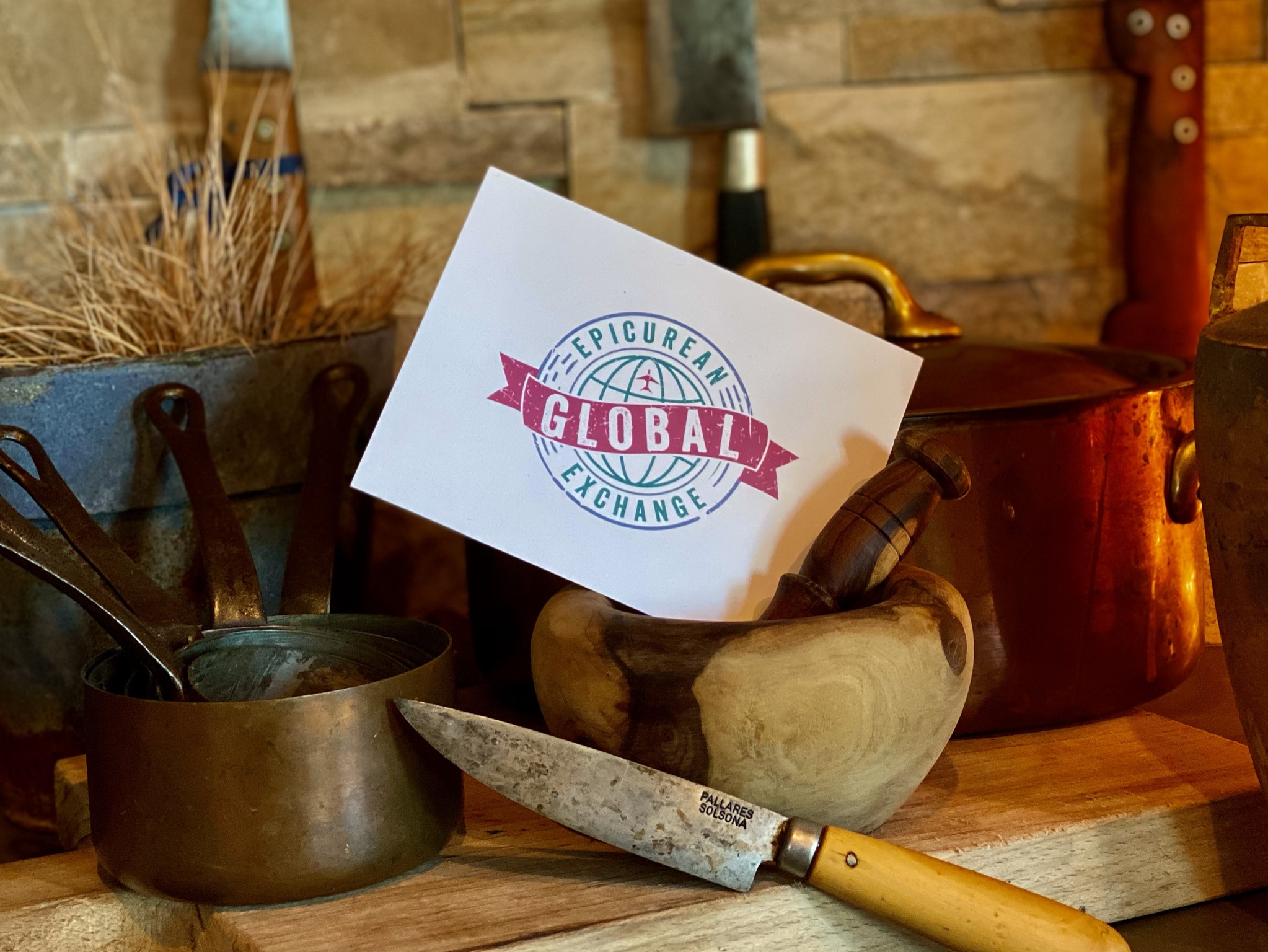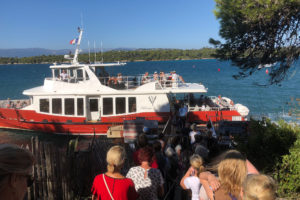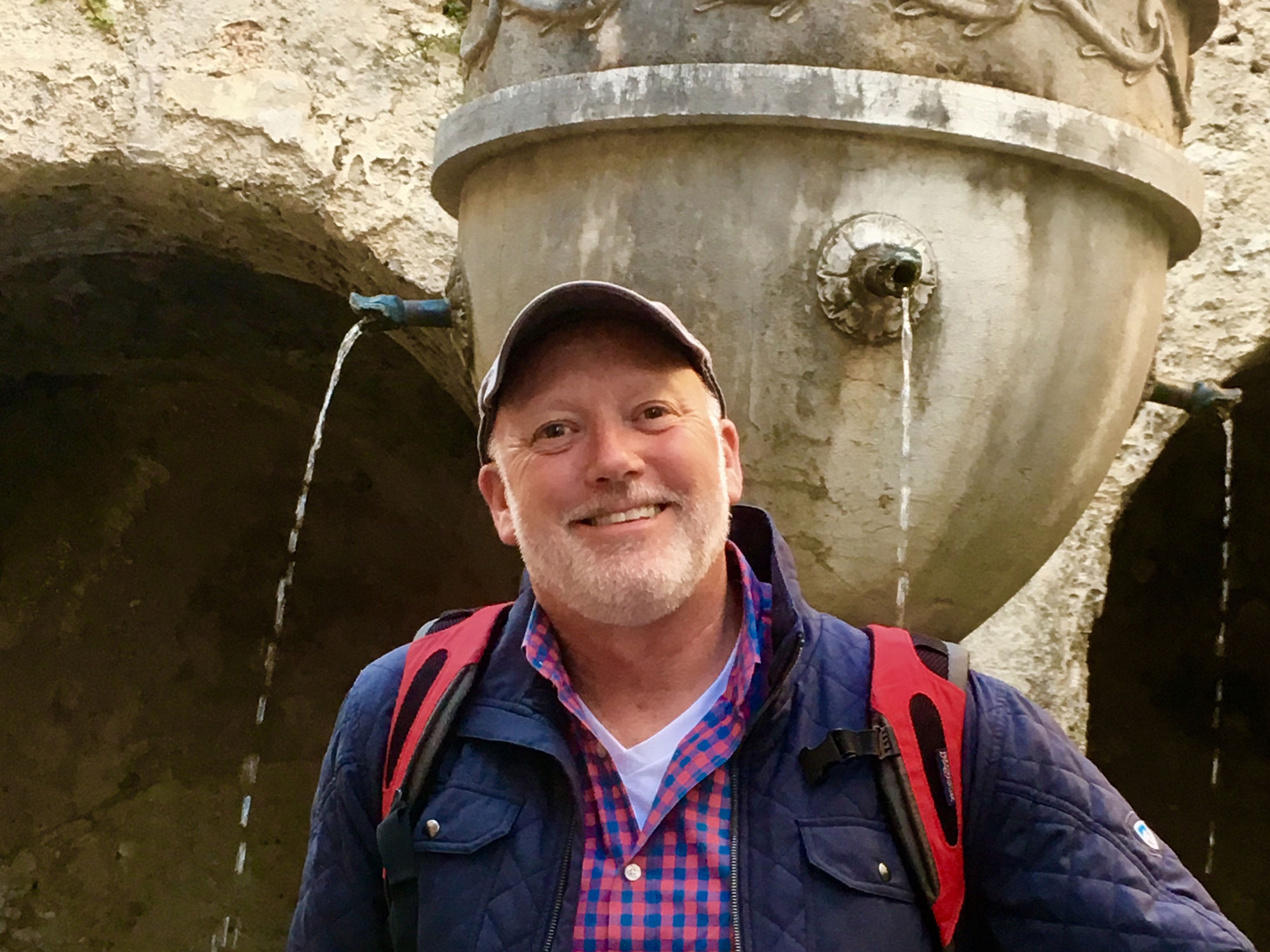During our annual Tuscany tours, one of our favorites activities is an organized cycling / wine tasting / cycling / lunch / wine tasting tour. Our guests appreciate that this excursion is “van-supported’, meaning if you get tired of biking (or you enjoy too much wine), you can always retreat to the comfort of the van.
One of our favorites stops is at Fattoria di Lornano, in Castellina in Chianti. Our guests are treated to an exceptional private cellar tour and wine tasting.
Sharing from their website: “Lornano is a boutique winery owned by the same family since 1904. It’s located on southwest hills of Castellina in Chianti on the border between Castellina and Monteriggioni. The winery was built up around the old church of Lornano in the fifteen century and forms the current structure dates to the second half of the eighteenth century. Fattoria di Lornano is a member of the “Consorzio del Marchio Storico Chianti Classico Gallo Nero” since its foundation in 1924. The property extends over 450 acres of which 450 are planted with vines. 80% of the vineyard is planted with 15 different carefully selected clones of Sangiovese which expresses all the authentic character of this ancient and amazing grape. The other 20% is planted with Merlot, Cabernet Sauvignon, with a small percentage of white grapes Trebbiano and Malvasia used for our famed VinSanto del Chianti Classico DOC.”
At the end of the visit, we are treated to a tasting of their famed VinSanto del Chianti Classico.

Sharing commentary from friend, Mike Fasano, my go-to expert on all things Italian: “For those unfamiliar with the wine, Vin Santo (“holy wine”) is a dessert wine traditional to Tuscany. These wines are often made from white grape varieties such as Trebbiano and Malvasia, though Sangiovese may be used to produce a rosé style known as “Occhio di Pernice” or eye of the partridge. There are many theories on how the particular name Vin Santo or “holy wine” came to be associated with this style of wine in Italy. The most likely origin was the wine’s historic use in the Catholic Mass, where sweet wine was often preferred. One of the earliest references to a “vinsanto” wine comes from the Renaissance era sales records of Florentine wine merchants.”

According to Wine Folly: “The process of making Vin Santo is something of a miracle. Grapes are laid out on mats, or hung in the rafters of the winery, to dry for many months in a process referred to as “passito.” Then, the raisins are pressed and placed into special barrels called Caratelli (translates to “small casks”) where they sit and wait for a natural fermentation to begin. As the rooms increase in temperature in the spring the Vin Santo fermentation begins. It is a long and slow fermentation that can rise and fall with the seasons and take up to 4 years to complete. The Vin Santo barrels are special in that over time they will develop their own yeast “mother.” “Enthusiasts of this wine will note that because of this uncontrolled winemaking process it means there is high variability between different producers. Vin Santo is aged for a minimum of 6 and up to 10 years or more.”

Vin Santo is typically served after-dinner with biscotti or “Cantucci” which is the traditional almond biscotti from Tuscany.

You can order directly online from Fattoria di Lornano. Locally, Vin Santo can be found at better wine shops. Most recently, I found it a Paul Marcus Wines at Market Hall, Rockridge










